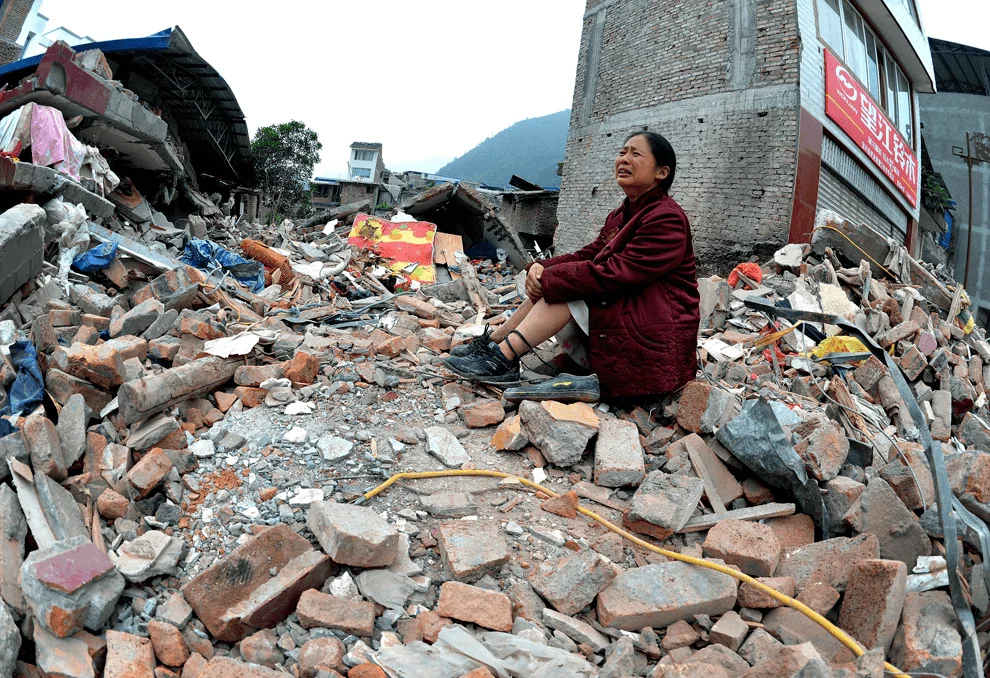A shallow earthquake with a magnitude of 5.4 sent tremors through eastern China on Sunday, causing a flurry of panic and leaving at least 10 people injured, while several buildings succumbed to the force of the quake.
The incident was reported by the US Geological Survey (USGS), shedding light on the unexpected natural disaster that struck the region.
The seismic event struck at 2:33 am (1833 GMT Saturday), centered 26 kilometers (16 miles) south of Dezhou city in the province of Shandong. The earthquake’s epicenter was located just 10 kilometers below the surface, contributing to its significant impact on the area. Videos rapidly circulated on social media platforms, capturing the alarming moments as light fixtures swung ominously, the ground quivered, and individuals hurriedly evacuated buildings to seek safety.
What’s notable is that the tremors were felt as far away as Beijing, Tianjin, and Shanghai — major cities located hundreds of kilometers from the epicenter. The quake’s shockwaves reached these urban centers, underscoring the potent energy unleashed by the seismic event.
Residents took to social media to share their firsthand experiences, posting videos that depicted light fixtures swaying menacingly, the ground trembling beneath them, and the chaotic exodus from buildings. Some footage even showed debris scattered on the ground. Eyewitnesses described the intensity of the tremors, recounting how the quake jolted them awake from their slumber and left them shaken and stunned.
The official broadcaster, CCTV, citing information from Shandong authorities, confirmed that the earthquake resulted in injuries to at least 10 individuals. Furthermore, the aftermath saw the collapse of 74 houses and buildings in the affected areas. As if the initial quake was not enough, a series of 52 aftershocks followed, exacerbating the already tense situation and sowing further uncertainty among the residents.
Remarkably, the reach of the earthquake extended to urban hubs such as Beijing, Tianjin, and Shanghai — cities located around 800 kilometers away from the epicenter. This serves as a stark reminder that even though China experiences earthquakes relatively frequently, the impact is often more pronounced in regions less accustomed to such seismic activity.
As news of the earthquake spread, social media platforms were flooded with reactions from residents expressing their fear and astonishment at the abrupt disaster. A succinct comment on Weibo encapsulated the prevailing sentiment: “I can’t find words, except that it’s terrifying.” Another person shared a personal account, writing, “The tremors were so intense… during the earthquake, my head shook on the pillow, and I thought I was trapped in a nightmare.”
Addressing concerns about the possibility of further seismic activity, an official from the Shandong Seismological Bureau provided some reassurance, stating that the likelihood of a larger earthquake occurring remains “very small,” according to local media reports. Nevertheless, the incident serves as a poignant reminder of the unpredictable nature of earthquakes and their capacity to disrupt and inflict damage, even in areas less accustomed to such seismic events.
As the affected communities work to recover from the aftermath, the earthquake serves as a sobering reminder of the importance of preparedness and resilience in the face of unforeseen natural calamities.




